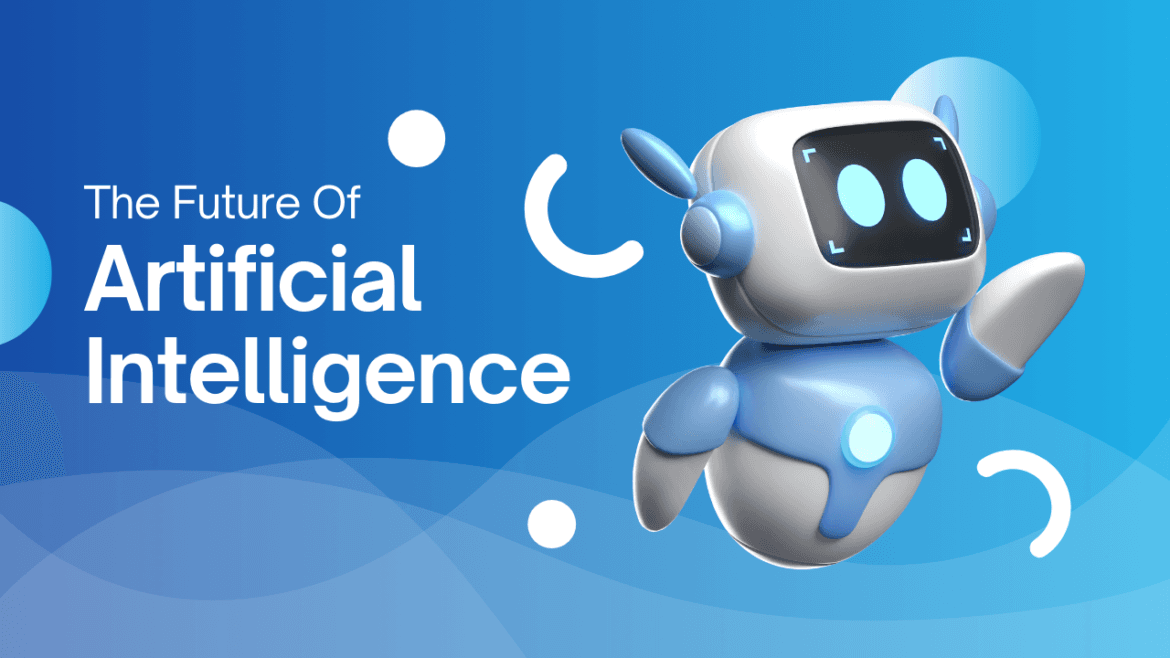Your Own AI Agent?
Artificial Intelligence (AI) has revolutionized how we interact with technology. At the forefront of this revolution are AI agents — intelligent programs capable of performing tasks, automating workflows, and even making decisions. But how can you build your own AI agent, and what does that entail? This guide will walk you through the concept of AI agents, their potential, and the steps to create one yourself.
What Is an AI Agent?
An AI agent is a software program designed to perform tasks autonomously, often using natural language processing (NLP), machine learning (ML), or other AI technologies. Unlike traditional applications, AI agents don’t require direct user commands for every action. Instead, they are programmed to:
- Perceive their environment (inputs such as user queries or system data).
- Process and reason about the information.
- Act on behalf of users, providing outputs or taking actions.
Difference Between AI Agents and AI Apps
While both involve AI, the distinction lies in their operational focus:
- AI Agents: Autonomous and task-driven. For example, a virtual assistant like ChatGPT, which can handle dynamic conversations, or a recommendation engine that learns user preferences.
- AI Apps: Often tool-based, built for specific purposes (e.g., an AI-powered photo editor). These require user interaction for every function.
What Can Current AI Agents Do?
Modern AI agents are already capable of impressive feats, such as:
1. Customer Support
AI agents can handle customer queries 24/7 with natural language understanding, offering real-time assistance. Tools like Zendesk and Intercom integrate AI agents for this purpose.
2. Personal Assistance
AI agents like Siri and Google Assistant organize schedules, set reminders, and fetch information seamlessly.
3. Business Automation
Many companies use AI agents for workflow automation, such as sending email notifications, processing invoices, or managing supply chains.
4. Creative Content Generation
Agents powered by GPT models generate human-like text for blogs, marketing, or even scripts, reducing manual effort significantly.
5. Affiliate Marketing Assistants
AI agents can be tailored to help affiliate marketers by tracking clicks, analyzing trends, and optimizing campaigns based on performance data. For example, an AI agent could suggest high-performing affiliate products or automatically draft promotional emails.
6. Email Marketing Agents
AI-powered agents can craft personalized email campaigns, analyze open rates, and refine content strategies to improve engagement. Tools like Mailchimp’s AI integrations are a glimpse into what’s possible.
Future Potential of AI Agents
Looking ahead, AI agents are expected to:
- Offer hyper-personalization for users in industries like healthcare and education.
- Automate complex decision-making processes, such as financial planning or legal research.
- Integrate seamlessly with IoT devices to create intelligent homes and workplaces.
- Collaborate with humans in real-time, acting as co-pilots for tasks like coding or content creation.
How Can You Build Your Own AI Agent?
Building an AI agent may sound intimidating, but platforms like LangChain simplify the process, making it accessible even to beginners.
Step 1: Choose Your Platform
LangChain is an open-source framework designed for building applications with large language models (LLMs). It provides:
- Tools to integrate LLMs (e.g., OpenAI, Hugging Face).
- Utilities to chain multiple prompts and APIs for dynamic workflows.
- Documentation and tutorials to help developers at every skill level.
Step 2: Define the Purpose of Your Agent
Ask yourself:
- What tasks should the agent perform?
- What inputs will it need?
- What outputs are expected?
For example, a customer service agent might take user queries as input and respond with relevant product information.
Step 3: Set Up the Environment
- Install necessary libraries like LangChain and OpenAI’s SDK.
- Use a free platform such as Google Colab or local Python setup to write and test code.
Step 4: Create and Chain Prompts
LangChain enables chaining prompts to simulate complex conversations. For instance:
- Prompt 1: Identify user intent.
- Prompt 2: Retrieve data based on intent.
- Prompt 3: Formulate an output response.
Step 5: Test and Iterate
Once the basic agent is functioning, test it in real scenarios and refine its logic or prompts as needed.
How Difficult Is It to Program an AI Agent?
Thanks to platforms like LangChain, programming an AI agent has become straightforward. For beginners, tutorials and templates are readily available. Advanced users can leverage APIs to customize their agents further. Overall, with basic programming knowledge and access to LLM APIs, you can create a functional AI agent within days.
How to Monetize Your AI Agent
Creating an AI agent is just the beginning. Monetizing it requires strategy and execution:
1. Subscription Services
Offer your AI agent as a subscription-based product where users pay a monthly fee. Examples include virtual assistants for small businesses or content-generation tools.
2. Licensing
License your AI agent to businesses that can integrate it into their workflows. For example, a real estate AI agent that recommends properties based on user preferences.
3. API Access
Provide API access to your AI agent for developers to incorporate it into their applications, charging per API call or monthly usage.
4. Custom Solutions
Develop tailored AI agents for specific industries, such as healthcare or education, and charge a premium for bespoke solutions.
5. AI Email Marketing Agent Example
Imagine an AI agent that specializes in email marketing. Users could input their target audience, and the agent would draft tailored emails, schedule campaigns, and analyze results. Businesses could subscribe to use this agent for a monthly fee.
6. AI Affiliate Marketing Agent Example
A similar concept could apply to affiliate marketing. The agent could recommend top-performing products, create promotional content, and provide data-driven insights for marketers, generating consistent value for users.
Conclusion
So, how can you build your own AI agent? It starts with understanding the purpose of your agent, choosing a beginner-friendly platform like LangChain, and integrating powerful AI technologies like OpenAI’s GPT. With the growing potential of AI agents, they’re not just tools but business opportunities that can transform industries.
By leveraging platforms like LangChain and following the steps outlined above, you’re well on your way to creating an AI agent that’s functional, innovative, and profitable. Whether you’re solving customer problems or automating workflows, the possibilities are endless. Now is the perfect time to dive into this exciting field and make your mark in the AI revolution. For more on AI and other courses, CLICK HERE.





